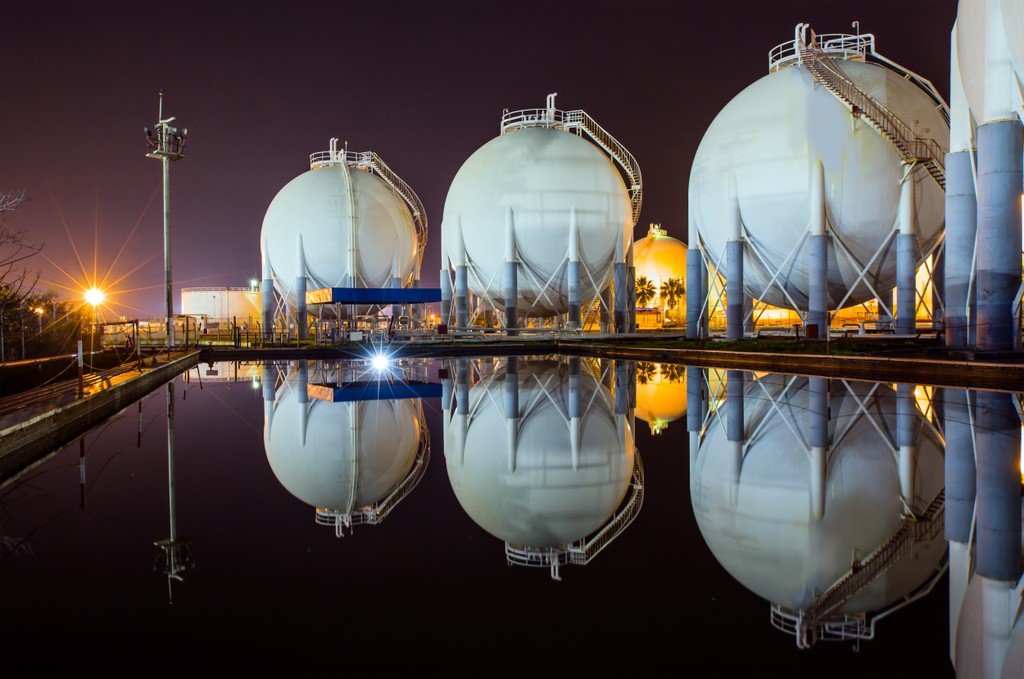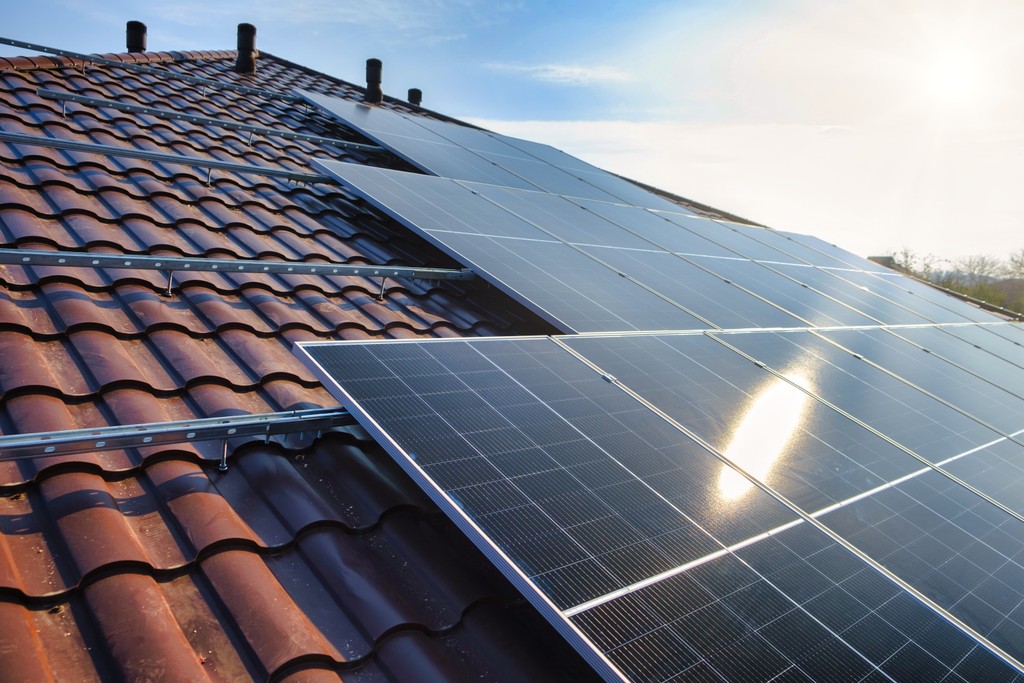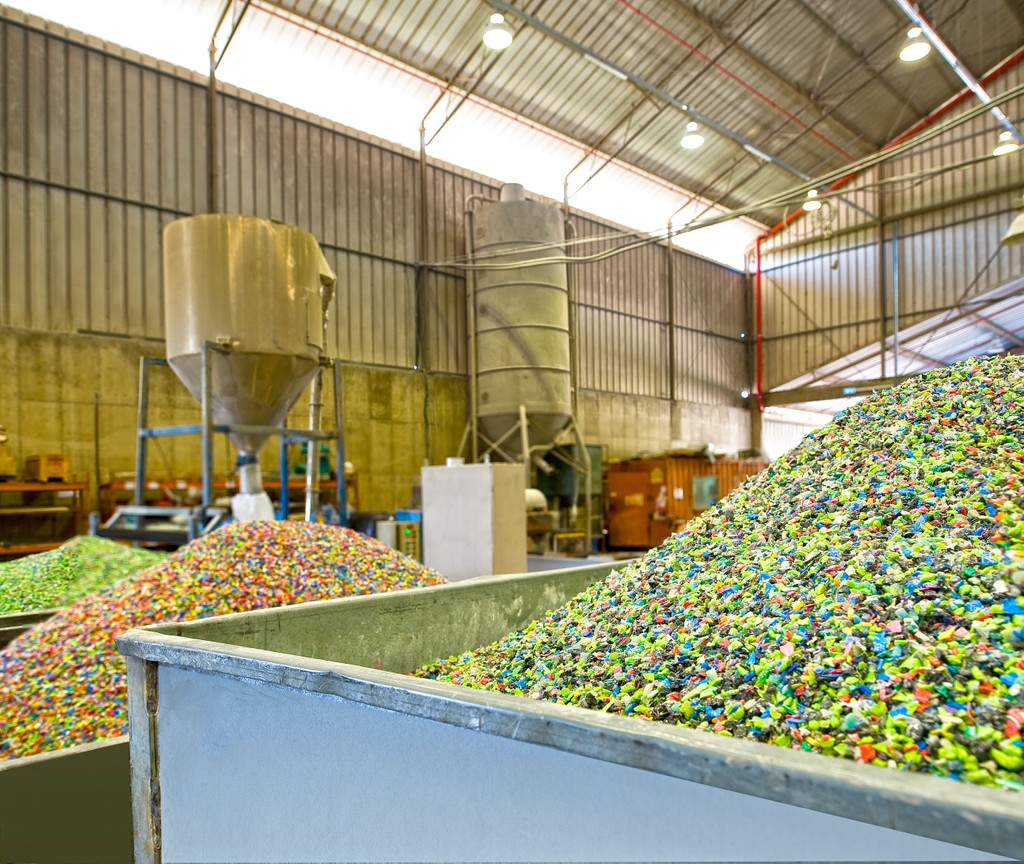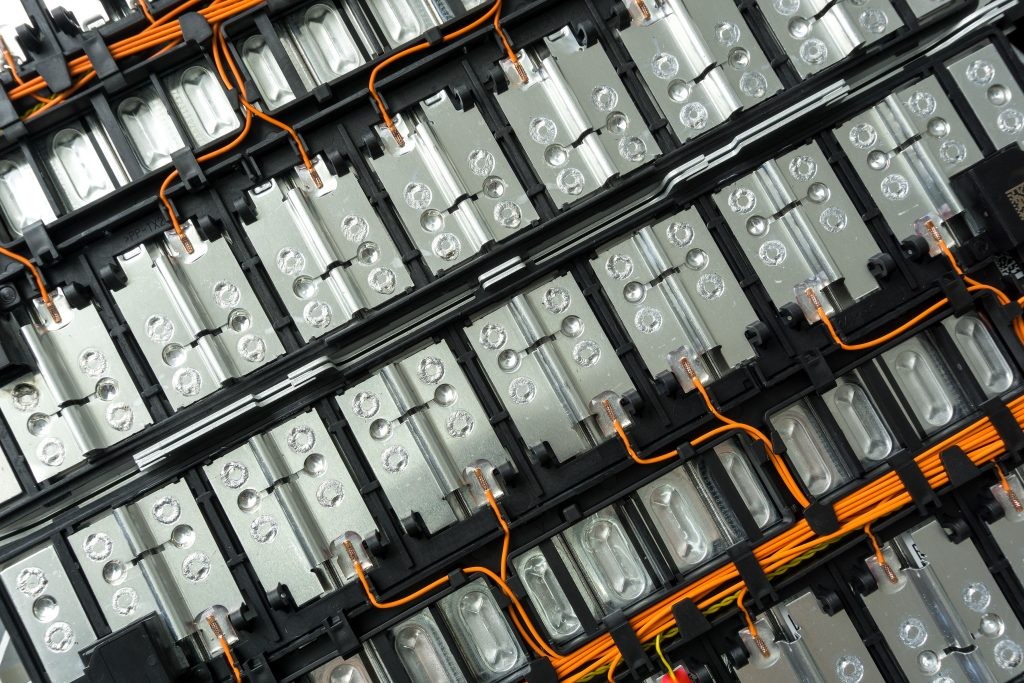PRESS RELEASE
Global Cost of Renewables to Continue Falling in 2025 as China Extends Manufacturing Lead: BloombergNEF
New York/ London, February 6, 2025 – The cost of clean power technologies such as wind, solar and battery technologies are expected to fall further by 2-11% in 2025, breaking last year’s record. According to a latest report by research provider BloombergNEF (BNEF), new wind and solar farms are already undercutting new coal and gas plants on production cost in almost every market globally. Meanwhile, China’s clean technology manufacturing overcapacity has led to rising protectionism in the form of import tariffs by countries to avoid cheap imports upending their own energy markets. Trade barriers could temporarily stall cost declines, but BNEF still expects the levelized cost of electricity for clean technologies to fall 22-49% by 2035.
BNEF’s Levelized Cost of Electricity report indicates that the global benchmark cost for battery storage projects fell by a third in 2024 to $104 per megawatt-hour (MWh), as a glut in supply due to slower electric vehicle sales led to cheaper prices for battery packs. Meanwhile, the cost of a typical fixed-axis solar farm fell by 21% globally last year. Modules were sold at or below the cost of production, with no signs of the overcapacity in the solar supply chain easing in 2025. Batteries will cross the $100/MWh watershed in 2025, while global benchmarks for wind and solar generation are also set to fall 4% and 2%, respectively.
“New solar plants, even without subsidies, are within touching distance of new US gas plants. This is remarkable because US gas prices are only a quarter of prevailing gas prices in Europe and Asia. It really raises the bar on what is possible even in the current market, said Amar Vasdev, lead author of the report. “This opens up the likelihood that solar will become even more compelling in the coming years, especially if the US starts exporting liquified natural gas and exposes its protected gas market to global price competition.”

China’s abundance of clean-tech manufacturing capacity was a key driver behind cost declines last year and has a major impact on project economics at home and abroad. On average, the country can produce a megawatt-hour of electricity from major power-generating technologies 11-64% cheaper than other markets.
For example, power generated from onshore wind turbines costs around 24% less than the global benchmark of $38 per megawatt-hour. While wind turbine prices in China have been falling, they have increased elsewhere since 2020. BNEF’s turbine price index shows component costs coming down again in 2025, but manufacturers are keeping prices high to improve margins.
Although clean power technologies have improved markedly over the last few decades, there is still room for further technological and economic efficiencies. Looking to 2035, BNEF’s global benchmark LCOEs falls 26% for onshore wind, 22% for offshore wind, 31% for fixed-axis PV and almost 50% for battery storage.
“China is exporting green energy tech so cheaply that the rest of the world is thinking about erecting barriers to protect their own industries, said Matthias Kimmel, head of Energy Economics at BNEF. “But the overall trend in cost reductions is so strong that nobody, not even President Trump, will be able to halt it.”
BNEF’s Levelized Cost of Electricity, now in its sixteenth year, provides the industry standard for the cost of electricity generation, covering 29 technologies in over 50 countries.
Contact
Oktavia Catsaros
BloombergNEF
+1 212 617 9209
ocatsaros@bloomberg.net
About Bloomberg
Bloomberg is a global leader in business and financial information, delivering trusted data, news, and insights that bring transparency, efficiency, and fairness to markets. The company helps connect influential communities across the global financial ecosystem via reliable technology solutions that enable our customers to make more informed decisions and foster better collaboration. For more information, visit Bloomberg.com/company or request a demo.






